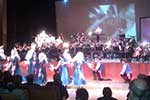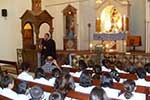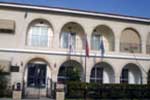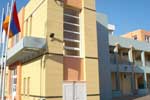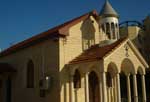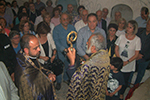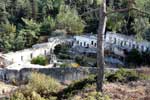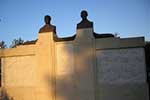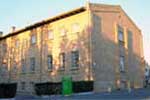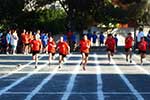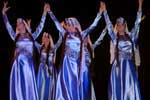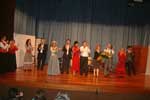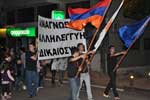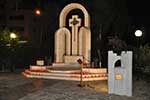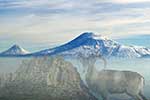Introduction

Cyprus is the third largest island in the Mediterranean, 9,521 square kilometres in size, with a population of around 800,000. Its capital is Nicosia. The other main towns are Limassol, Larnaca and Paphos. Since the Turkish invasion of 1974, Cyprus has been divided in two.
Armenians have lived in Cyprus for centuries, but the present community on the island is mainly the result of immigration during and immediately after the Armenian Genocide of 1915-23 in Turkey. Currently, some 3000-3500 Armenians live in Cyprus, mainly in Nicosia, Larnaca and Limassol.
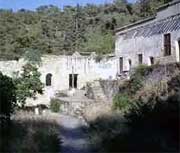
With the 1974 Turkish invasion and subsequent partitioning of the island, the Armenian community lost significant properties, such as the "Makaravank" and "Kantsvor" monasteries, a primary school and church in Nicosia, and several other vital sites and assets.
To maintain a sense of community and solidarity, Armenians throughout the ages have tended to live around their churches and schools, which are typically built next to each other. Currently there are three Armenian churches and primary schools in Cyprus, one of each in each town. In addition, the community had a secondary school in Nicosia, the world renowned Melkonian Educational Institute.
Curently "Nareg" School has it's "Gymnasium" which is equevalent to the first 3 years of Greek secondary schools.
The Armenian language has always played a pivotal role in the preservation of the Armenian national identity. For this reason, organized Armenian communities in Cyprus always had their own Armenian-language newspapers. The following newspapers are published by the community in Cyprus; Keghart (Church), Artsakank (ARF Azadamard Organization), Azad Tzayn (Bilingual Armenian monthly)
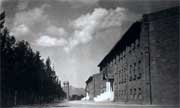
The present representative for the Armenian community of Cyprus is Mr Vartkes Mahdessian who was elected during the 21 May 2006 elections. As well as electing their own representative, the Armenians participate in all elections of the Republic.
The Armenian community of Cyprus receives generous funding from the State. This enables them to mount concerts, dance performances, art and photographic exhibitions, as well as literary events. These activities continue to create a living culture and sustain a sense of identity for the community. The Armenians have their own schools, churches, clubs, associations, radio program, newspapers and Internet Portals.
The local associations function in all towns, some from their own premises, throughout the year. AGBU [Armenian General Benevolent Union], AYMA [Armenian Young Men's Association], ARF [Armenian Revolutionary Federation Dashnaktsutyun], SDHP [Social Democrat Hunchakian Party] and RAG [Ramgavar Liberal Democratic Party] with their affiliated organizations', mount a wide variety of cultural and social activities, catering for all interests.
The cultural life within the community is enriched by individuals as well, such as writers, painters, photographers, dancers, sportsmen and otherswho sharetheir knowledge and skills within the community.




